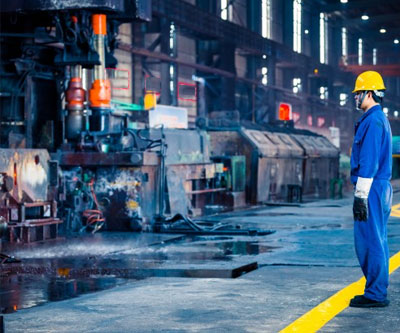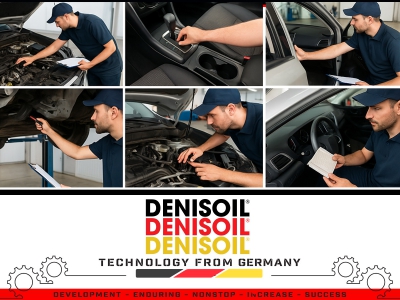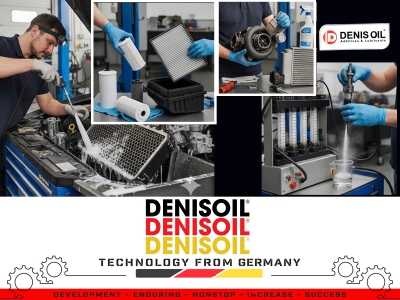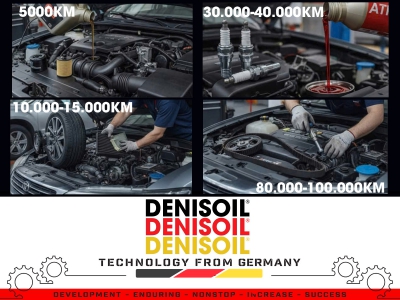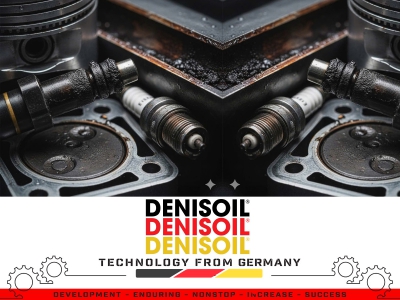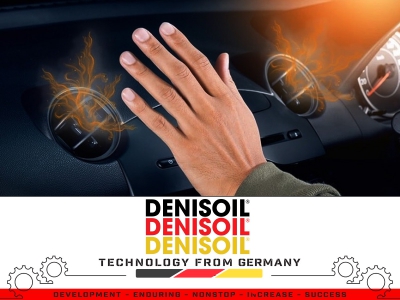CAUSES OF YOUR CAR'S UNUSUAL FUEL CONSUMPTION
Is your car suddenly consuming more fuel than usual?
This is not only an economic issue but also a technical warning sign that the engine, fuel system or sensor are not operating optimally.
Here are 6 common technical causes of fuel consumption and the correct solution.
INCORRECT TIRE PRESSURE
Technical phenomenon:
When the tire is under-inflated, the contact area with the road surface increases, the coefficient of rolling friction (Rolling resistance coefficient) increases by 20-30%.
This forces the engine to increase productivity and supplement fuel to maintain speed.
In addition, under-inflated tires also cause the automatic transmission to shift gears, making the RPM higher → safe consumption.
Solution:
Check the cycle performance at least once every 2 weeks with a precise gauge.
The standard instructions are written on the window or manual (Usually 2.2 – 2.5 bar).
When the vehicle is heavy or traveling at high speed, it can be increased by 0.1 – 0.2 bar.
ENGINE AIR FILTER IS CLOGGED
Technical phenomenon:
Air filter Idle output (Large air flow) decreases, causing the air-fuel ratio (A/F ratio) to become rich (rich).
When A/F < 14.7:1 (chemical equilibrium standard), the ECU still injects fuel in normal mode → leading to incomplete combustion, loss and generation of carbon.
In the Electronic Fuel Injection (EFI) facility, the signal from the MAF sensor is distorted, causing the ECU to calculate the injection amount incorrectly.
Solution:
Clean or replace the air filter periodically every 20,000 - 40,000 km or sooner if the vehicle is running in a dusty environment.
Use high-pressure compressed air to blow directly to tear the filter paper.
URGENT, UNSTABLE DRIVING STYLE
Technical phenomenon:
Getting used to stepping on the gas pedal hard and braking continuously causes the injection system to operate in an open loop mode, injecting more fuel than normal.
Each time you accelerate suddenly, the ECU is forced to increase the injection amount and attack time early → fuel consumption.
When braking suddenly, the learning energy is supplied as heat at the brake pads instead of being utilized.
Solution:
Drive steadily, maintain the rpm at about 1,800 - 2,500 rpm.
Keep the speed steady, limit sudden acceleration.
For vehicles with automatic transmission, use Eco mode if available.
Using the wrong type of lubricant
Technical phenomenon:
Oil that is too special (for example, using SAE 20W-50 instead of 5W-30) will increase friction between parts such as piston rings, camshafts, turbo bearings.
When the speed is high, the oil consumes a large torque → the engine works harder, increasing fuel consumption.
On the contrary, if the oil is too thick, the oil pressure is low, reducing the lubrication ability → the ECU can activate the protection mode (rich mode).
Solution:
Use the correct SAE and API grade recommended in the vehicle manual (e.g. 0W-20 or 5W-30 for new DOHC engines).
For direct injection engines (GDI, T-GDI), choose oil with Low SAPS / Dexos1 Gen3 / API SP to reduce burning.
OXYGEN SENSOR (OXY SENSOR / LAMBDA SENSOR) FAILURE
Technical phenomenon:
The oxygen sensor is located on the exhaust pipe, has the task of measuring the excess oxygen content in the exhaust gas and sending a signal to the ECU to adjust the gas.
When the sensor is damaged, slow to respond or damaged (hot resistance >10 Ω, voltage fluctuation <0.1 V or >0.9 V), the ECU can no longer control the A/F ratio accurately.
Result: excess fuel discharge, consumption increases by 10–20%, and the Check Engine light (P0130–P0167) may be on.
Solution:
Check the OBD-II data transmission speed, monitor the amplitude signal (λ ~ 1).
Replace the sensor even if it is >100,000 km old or contaminated by oil, soot.
CARRYING TOO MANY GOODS OR ATTACHING UNNECESSARY ACCESSORIES
Technical phenomenon:
Every 50 kg of additional load can increase fuel consumption by about 2–3%.
Accessories such as roof racks, racks, spoilers increase the aerodynamic drag coefficient (Cd) → reduce driving efficiency, especially at speeds >80 km/h.
Remedy:
Remove unnecessary items, keep the vehicle at standard.
Remove the rack when not in use.
Check the chemical arrangement in an attempt to balance the mind.
TECHNICAL CONCLUSION
If all the above factors have been checked but the vehicle still consumes fuel, the cause may be:
Injector is leaking or clogged,
Fuel pressure (Fuel pressure regulator) is incorrect,
Spark plug is worn, or
Injection control (ECU) of the system is not working properly.
At this time, it is recommended to bring it to a service station with a specialized measuring device (OBD-II /OBD-III) to check and recalibrate the entire fuel, ignition and air system.
 Tiếng Việt
Tiếng Việt
 Chinese
Chinese
 English
English


